Air Operations, Bismarcks - 22 42nd Medium Bomb Group B-25s, escorted by many AirSols fighters, attack Rabaul's Vunakanau airfield. 15 XIII Bomber Command B-24s, escorted by many AirSols fighters, attack the Tobera airfield at Rabaul.
- A 347th Fighter Group P-38 downs an A6M Zero over the Tobera airfield at Rabaul at 1110 hours. VMF-212 and VMF-222 F4Us, and a VMTB-143 TBF crew down 4 Zeros in the Rabaul area between 1100 and 1125 hours.
- 48 V Bomber Command B-24s, escorted by V Fighter Command P-38s, attack aircraft at the Kavieng airfield on New Ireland with 170 tons of bombs. 2 B-24s attack Garove Island.
[  | |   ] ]
Air Operations, CBI
BURMA
- 1 490th Medium Bomb Squadron B-25 and 12 10th Air Force P-51s and A-36s attack a bivouac and supply dump at Pyindaw. 10 A-36s and P-51s attack supply dumps at Sawnghka. 8 P-51s attack a supply dump and road junction at Mogaung. 8 P-40s and P-51s attack a riverboat near Mandalay.
CHINA
- 6 341st Medium Bomb Group B-25s, escorted by 20 P-40s, attack Hong Kong's Kaitak airfield. 12 449th Fighter Squadron P-38s attack two bridges near Sheklung.
- 23rd and 3rd CACW Fighter group P-40s down 7 Japanese fighters over the Kaitak airfield between 1315 and 1320 hours.
- Japanese bombers and fighters attack the airfield at Namyung, which is temporarily put out of service.
[  | |   ] ]
Air Operations, East Indies 7 380th Heavy Bomb Group B-24s attack Dili (Timor) and the Kendari airfield on Celebes.
[  | |   ] ]
Air Operations, Europe Soviet aircraft bomb Tirpitz at anchor in Altafiord. Only 4 of 15 aircraft get through to the target and little damage is caused.
RAF BOMBER COMMAND
Evening Ops:
- 11 Mosquitos are sent to Brunswick, 8 to Elberfeld, 4 to Aachen and 4 to Duisburg, there are 2 RCM sorties, there are 5 Serrate patrols, 52 aircraft lay mines off French Channel and Atlantic ports, 27 aircraft are on Resistance operations, and there are 6 OTU sorties.
US 8th AIR FORCE
FRANCE:
- 94 of 201 2nd Bomb Division B-24s dispatched attack the St.-Pol/Siracourt V-weapons sites, near Pas-de-Calais. Escort is provide by 85 P-47s.
GERMANY:
- 157 1st Bomb Division B-17s attack a marshalling yard at Frankfurt am Main, and 55 B-17s attack various targets of opportunity, including Ludwigshafen.
- Escort and support is provided by 82 P-38s, 486 P-47s, and 38 P-51s whose pilots down 30 Luftwaffe fighters over France, Belgium, Germany, and Luxembourg between 1055 and 1400 hours.
- 8 P-38s, 4 P-47s and 2 P-51s are lost with their pilots
US 9th AIR FORCE
FRANCE:
- 139 IX Bomber Command B-26s are dispatched to attack V-weapons sites in northern France. Most of them are recalled due to bad weather, but 35 are able to attack a marshalling yard at Amiens.
[  | |   ] ]
Air Operations, Marshalls Task Group 58.4 carrier aircraft pound targets in the Eniwetok Atoll. VII Fighter Command P-39 and P-40 fighter-bombers attack the airfield on Mille.
[  | |   ] ]
Air Operations, New Guinea V Fighter Command P-40s and RAAF fighters attack Japanese Army ground forces in the Saidor area.
[  | |   ] ]
Battle of the Atlantic - Wellington 'D' of No 407 Squadron detects a submarine dead ahead at 6 miles. U-283 is visible from 2 miles and a stick of 6 depth charges and a flame float are dropped from 60 feet. When the plumes subsided, the rear gunner could see a dull red glow in the submarine's area. Turning for a second pass found the submarine not moving then lost from radar as she sank.
U-283|
| Class | Type VIIC |
| CO |
Oberleutnant zur See Günther Ney |
| Location |
Atlantic, SW of Faeroe Islands |
| Cause |
Air attack |
| Casualties |
49 |
| Survivors |
None |
|
U-424|
| Class | Type VIIC |
| CO |
Oberleutnant zur See Günther Lüders |
| Location |
N Atlantic |
| Cause |
Depth charge |
| Casualties |
50 |
| Survivors |
None |
|
- During the night the British sloop Wild Goose obtained an asdic contact despite poor conditions. The Wild Goose attacked immediately, but the U-424 maneuvered constantly behind a screen of SBTs. The British sloop Woodpecker joined in the attack, but neither ship could hold continuous contact. Numerous attacks produced no results before both ships lost the target. Wild Goose reacquired the target to her stern, and the ships went in to attack. A pattern of depth charges are dropped and a series of underwater explosions are heard followed by the appearance of wreckage on the surface.
[  | |   ] ]
Eastern Front The III Pzr Corps under Gen Nikolaus von Vormann renews its attacks to relieve the Korsun pocket in the morning. It manages to capture a vital bridge over the Gniloy Tikich. The Germans inside the pocket begin their attempt to break out late in the day.
(10th?)The 1st Ukrainian Front under Nikolai F. Vatutin, maintaining its pressure on von Manstein's Army Group South, takes Shepetovka.
SOUTHERN SECTOR
The III Panzer Corps renews its relief attack toward Group Stemmerman, having been reinforced by the arrival of the 1st SS Panzer Division Leibstandarte Adolf Hitler. Bushanka falls after a costly battle while other units of the corps cross the Gniloy Tikich, a small river running across the line of the German attack. However, the 2nd Tank Army is deploying to counter the German threat.
[  | |   ] ]
Italy Pres Roosevelt describes the situation of the Anzio beachhead as 'very tense'. The fighting at Anzio continues. The 179th Infantry of the 45th Division, assisted by the 191st Tank Battalion, attacks to recover the Factory. The 1st Battalion reaches the objective but is driven back.
A new attempt by units of the US II Corps to reach the Via Casilina is still unsuccessful. The 36th Division, with the 141st and 142nd Regiments in the assault, suffers heavy casualties while attacking in vain toward Albaneta Farm. Around Cassino the 168th Regiment of the US 34th Division makes a final, unsuccessful attempt, through a violent rain and snow storm, to move forward the last few hundred yards to the Cassino monastery from the north, but is also unsuccessful. Gen Alexander directs the Indian 4th Division of the New Zealand Corps, to attack as soon as possible to clear the heights west of Cassino.
[  | |   ] ]
Images from February 11, 1944
American Anti-Tank Crew
|
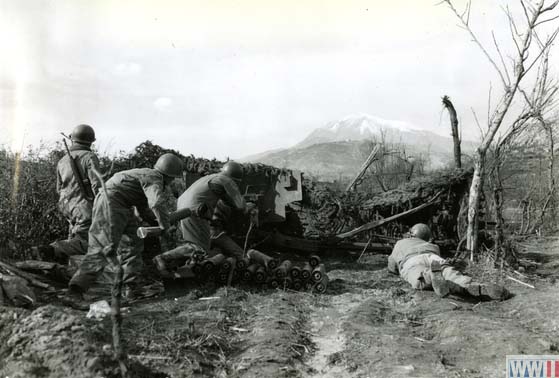 |
|
Trucks on Fire in Nettuno
|
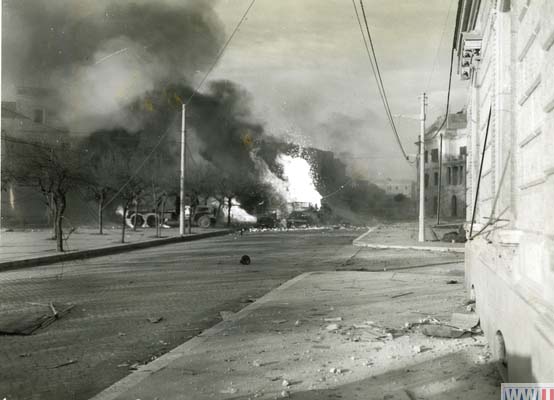 |
|
K-11 Landing at South Weymouth
|
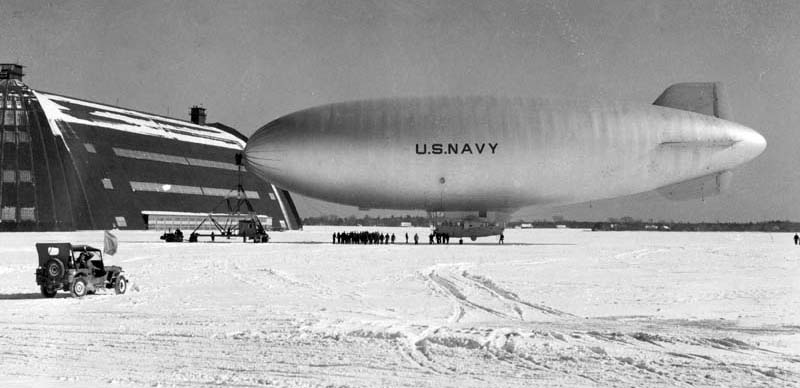 |
|
Manning Anti-Aircraft Guns
|
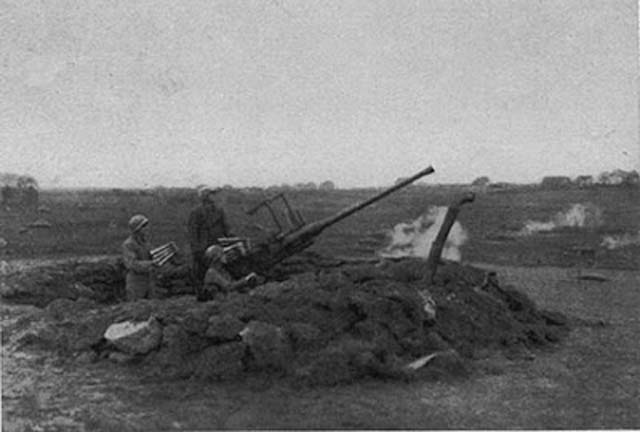 |
|
Attempt to Breakout of Encirclement
|
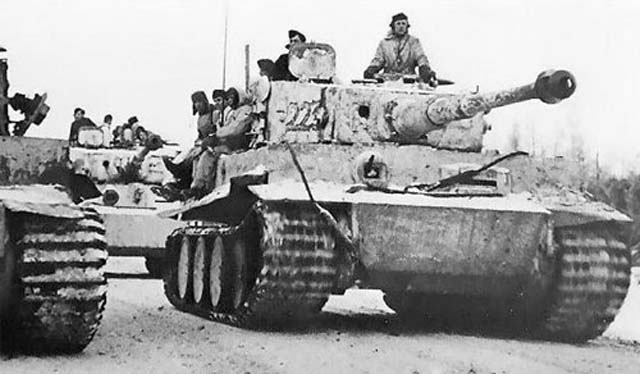 |
|
An Australian Machine Gun Emplacement
|
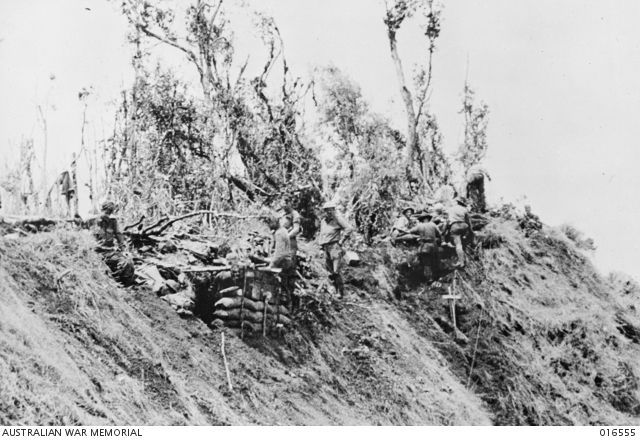 |
|
Army Signallers Communicating with Headquarters
|
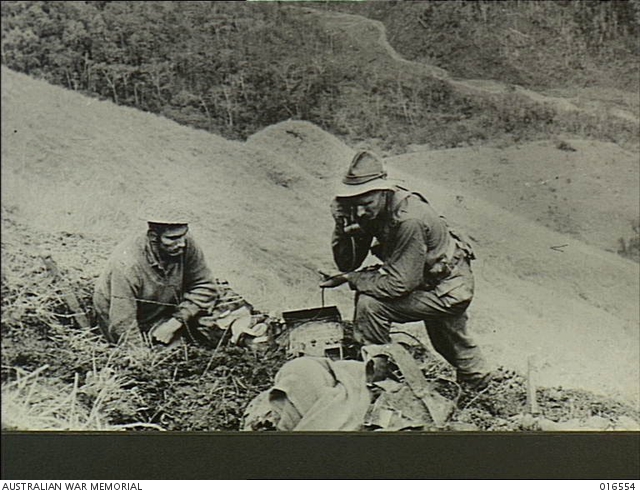 |
|






